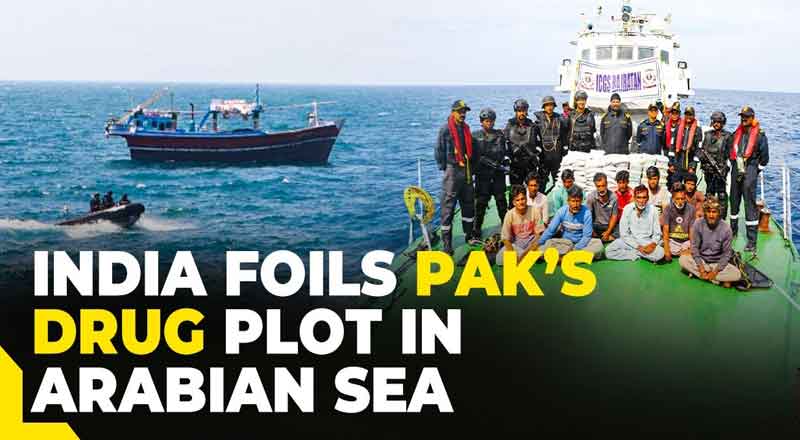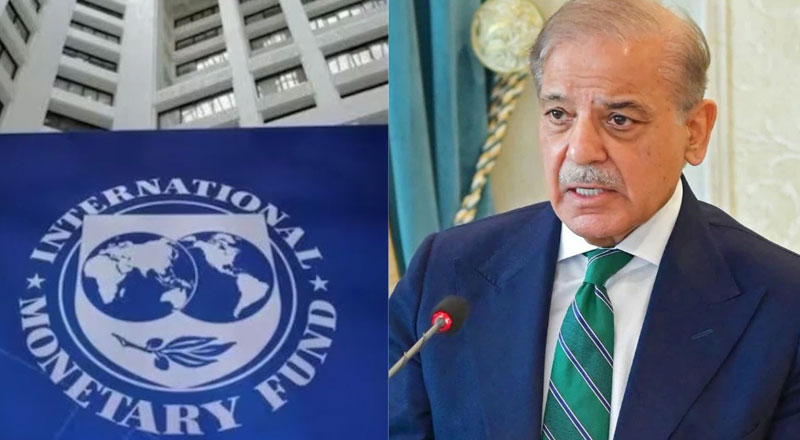The Rising Tide of Drug Hauls
India’s drug enforcement agencies have been making significant strides in combating drug trafficking, with recent operations showcasing the scale and sophistication of these illicit networks. From massive hauls of heroin at Gujarat’s ports to methamphetamine seizures in the Northeast, these incidents underscore the growing challenges posed by transnational drug syndicates. The Indian Coast Guard’s (ICG) recent interception of 6,000 kilograms of methamphetamine in the Andaman waters marks the largest drug haul in the organization’s history, emphasizing the critical role of maritime vigilance in curbing the narcotics trade.
The Andaman Seizure: A Landmark Operation
On November 23, a routine patrol by a Coast Guard Dornier aircraft near Barren Island, 150 kilometers from Port Blair, spotted a suspicious fishing trawler. Acting swiftly, the Coast Guard dispatched high-speed patrol vessels, intercepting and towing the vessel to Port Blair the following day.
Upon inspection, authorities discovered 3,000 packets of methamphetamine, each carefully packed with 2 kilograms of the contraband. The vessel’s six crew members, all Myanmarese nationals, were arrested. Initial investigations suggest the drugs, valued at several crores in the international market, were destined for India and neighboring countries, highlighting the region’s vulnerability to narcotics trafficking.
This historic seizure is part of a broader narrative of intensified drug enforcement efforts in India. It follows months after the Andaman and Nicobar Police destroyed drugs worth ₹475 crore, including methamphetamine, ganja, cocaine, and other substances.
India’s Expanding Drug Problem
The Andaman drug haul is not an isolated incident but a symptom of a larger problem. India’s geographic location—sandwiched between the Golden Triangle (Myanmar, Thailand, and Laos) and the Golden Crescent (Afghanistan, Iran, and Pakistan)—makes it a prime transit route for global drug trafficking.
For instance, in 2021, Gujarat’s Mundra Port saw the seizure of 3,000 kilograms of heroin smuggled in talcum powder containers from Afghanistan. Similarly, in the Northeast, frequent methamphetamine busts underscore the growing influence of Myanmar-based cartels. These incidents highlight the adaptability of traffickers who exploit India’s extensive borders and diverse transport routes.
Sophistication of Trafficking Networks
The meticulous packaging of the seized methamphetamine and the use of a Myanmarese crew indicate the involvement of well-organized syndicates. Drug cartels often use fishing trawlers, container ships, and even private yachts to transport narcotics, leveraging the vastness of the Indian Ocean to evade detection.
Maritime operations like the Coast Guard’s interception require not just vigilance but seamless coordination among enforcement agencies. The swift response to the suspicious trawler, aided by advanced surveillance technologies, showcases the effectiveness of such collaborative efforts.
Strengthening India’s Anti-Drug Strategy
While the record-breaking seizure by the Indian Coast Guard is commendable, it also highlights the ever-evolving strategies of drug cartels. To sustain momentum, India must adopt a multi-pronged approach:
Enhanced Surveillance: Expand maritime patrols with advanced equipment such as drones and radar systems to monitor suspicious movements.
Regional Cooperation: Strengthen intelligence-sharing mechanisms with neighboring countries to dismantle transnational drug networks.
Legal and Social Measures: Impose stricter penalties for drug trafficking while addressing the root causes of drug abuse through public awareness and rehabilitation programs.
The Andaman bust is a stark reminder of the stakes involved in combating narcotics trafficking. With India’s youth increasingly falling prey to drugs, proactive measures at every level—local, national, and international—are essential. Only through sustained vigilance and collaboration can the tide be turned against the scourge of narcotics, securing a safer future for the region.
(With inputs from agencies)





